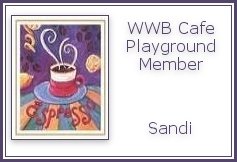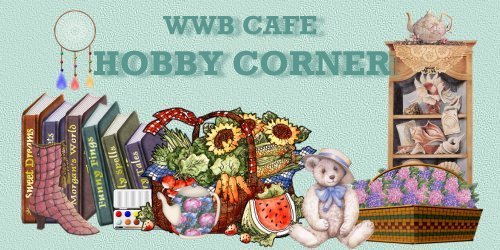

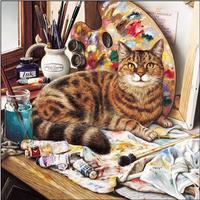
We invite you to step back, for a moment, into quieter, simpler days, before television or computers, when people relaxed and entertained themselves by sitting around a table or on the floor, working jigsaw puzzles. They would talk as they worked, about the puzzle before them, or about events of the day, or about their dreams and their memories.
The puzzles pictured are all current...ones we have or plan to have. We have
a table in the living room and keep a puzzle on-going. They are most addictive!
|
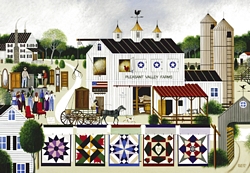 |
No one really knows when the idea for a jigsaw puzzle came about. Perhaps in the same manner in which we use jigsaw puzzles today - a few thousand years ago ancient Egyptians and other Middle Eastern peoples played with broken clay tablets - but there is no real evidence that this is so. What we do know is that a number of factors came together in Europe by the 18th century which gave rise to the jigsaw puzzle industry in North America and elsewhere as it is today. |
It is generally agreed that the first jigsaw puzzle was produced around 1760 by John Spilsbury, a London engraver and mapmaker. Spilsbury mounted one of his maps on a sheet of hardwood and cut around the borders of the countries using a fine-bladed marquetry saw. The end product was an educational pastime, designed as an aid in teach British children their geography. The idea caught on and, until about 1820, jigsaw puzzles remained primarily educational tools. | 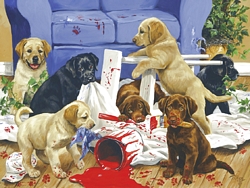 |
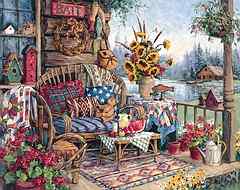 |
In 1880, with the introduction of the treadle saw, what had previously been known as dissections (not a word with particularly enjoyable connotations in our own time) came to be known as jigsaw puzzles, although they were actually cut by a fretsaw, not a true jigsaw. |
Cardboard puzzles were first introduced in the late 1800's, and were primarily used for children's puzzles. It was not until the 20th century that cardboard puzzles came to be die-cut, a process whereby thin strips of metal with sharpened edges - rather like a giant cookie-cutter - are twisted into intricate patterns and fastened to a plate. The "die" (which refers to this assembly of twisted metal on the plate) is placed in a press, which is pressed down on the cardboard to make the cut. |
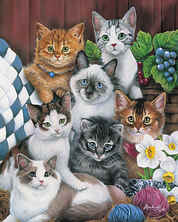 |
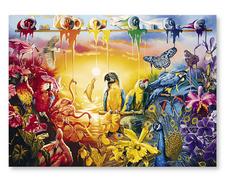 |
 |

 |

|
 |
